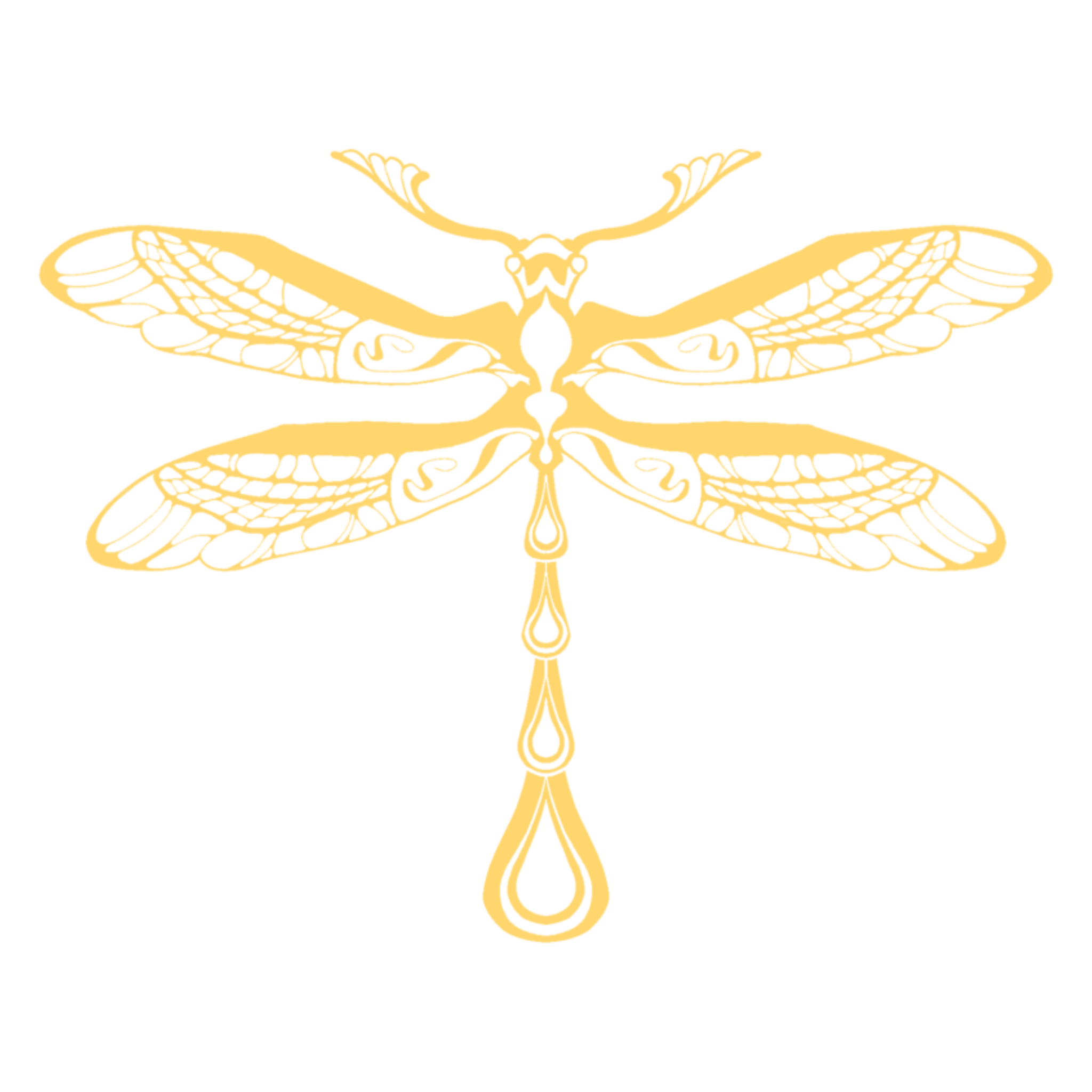
Near the end of the first World War, in November of 1917 the U.S. Army Corps’ Pigeon Service was founded. Of the six hundred English bred birds donated to the service was one named Cher Ami, meaning “dear friend” in French.
In October of 1918, during the Meuse-Argonne Offensive, he along with 59 other pigeons assigned to the the 77th Infantry Division, were the desperate last attempt to communicate that the battalion was under friendly fire. After the deaths of human messengers, and also multiple birds, Cher Ami was sent with the message:
“We are along the road paralell to 276.4. Our own artillery is dropping a barrage directly on us. For heavens sake stop it.”
When he was released, the Germans shot at him and actually succeeded in taking him down, though he managed to take flight again and made it through the shells and shrapnel. He flew 25 miles in 25 minutes, arriving at his destination with a leg dangling by a tendon, a gash across his chest, and blinded in one eye. Through the help of the army medics, he was able to recover enough to live another full year, but his wounds did eventually catch up to him, taking his life on June 13, 1919. He was awarded the Croix de Guerre medal with the Oak Leaf Cluster for his service, and in 1931 was inducted into the Racing Pigeon Hall of Fame. As recently as 2019 he became the second recipient of the Animals in War & Peace Medal of Bravery.
Despite many anecdotal accounts of his heroic flight, there is no hard evidence that he was the one who did it. He was an incredible pigeon, the Croix de Guerre medal was awarded for his twelve delivered messages in Verdun, but we only have the stories of the men of the 77th Infantry Division, also known as the Lost Battalion, to go by. Regardless, he was a small beacon of hope during a dismal time, something that shouldn’t be forgotten. His taxidermied remains are at the Smithsonian in Washington.



Leave a Reply